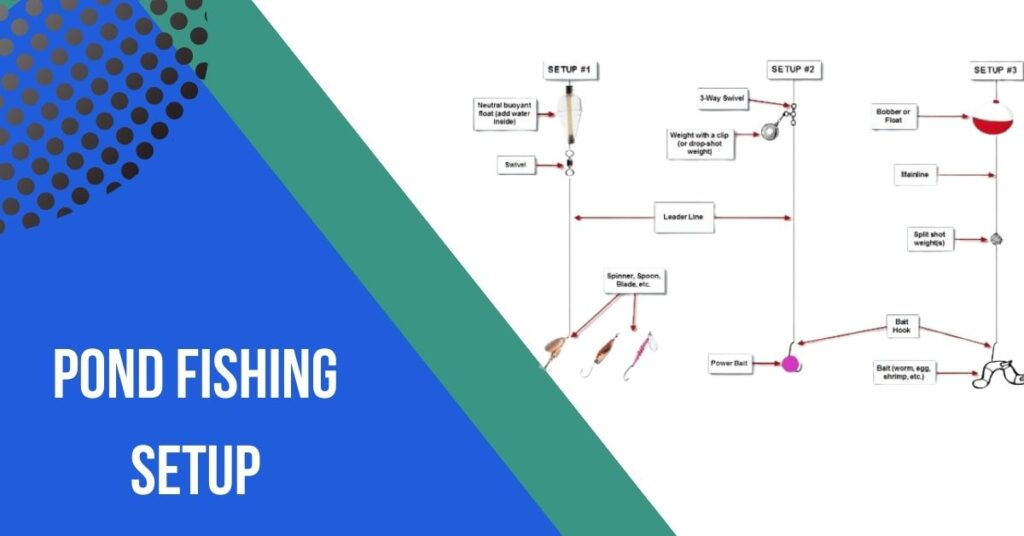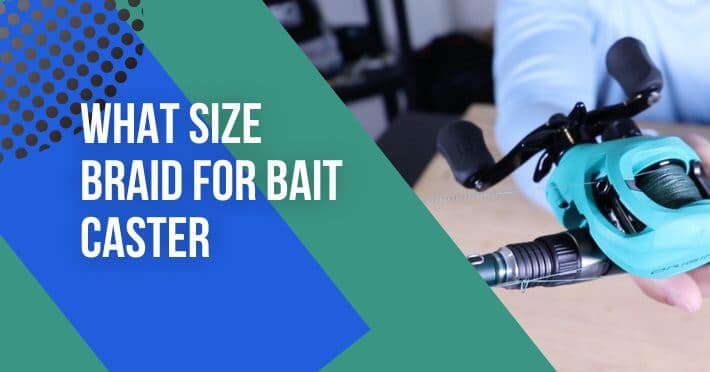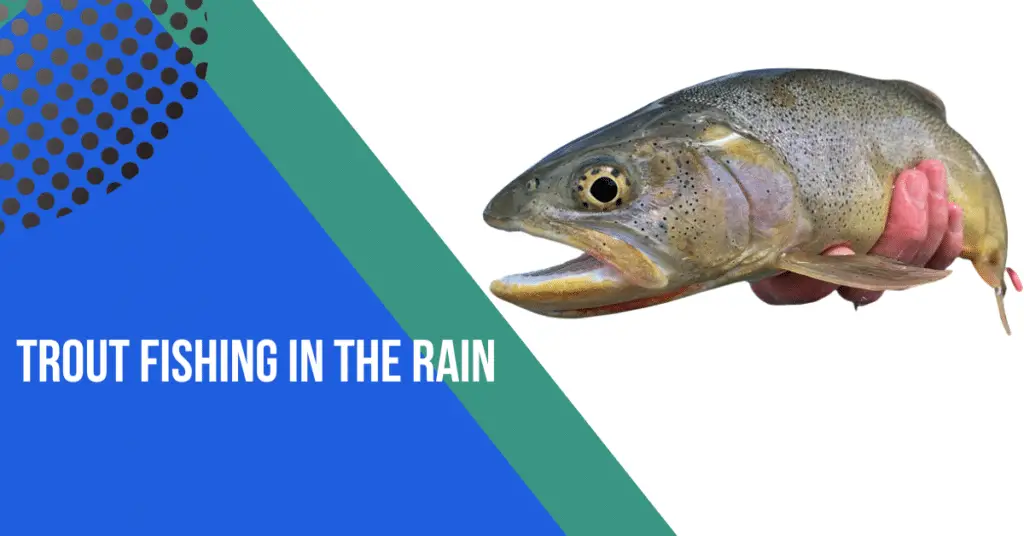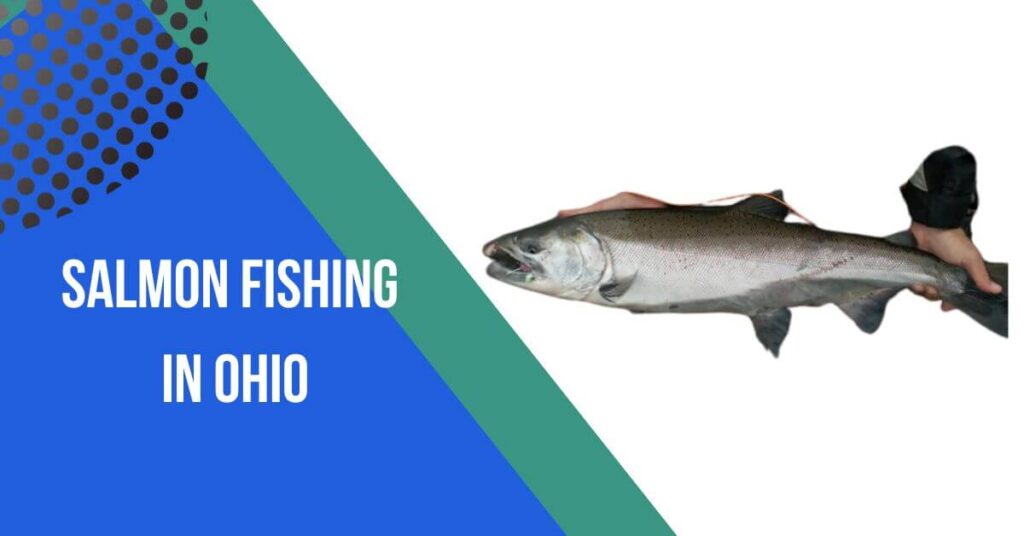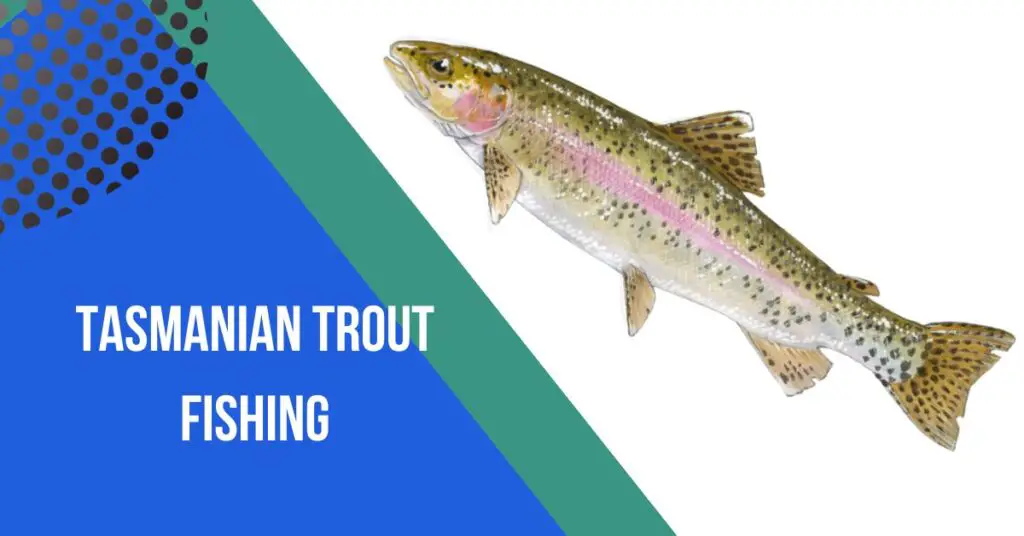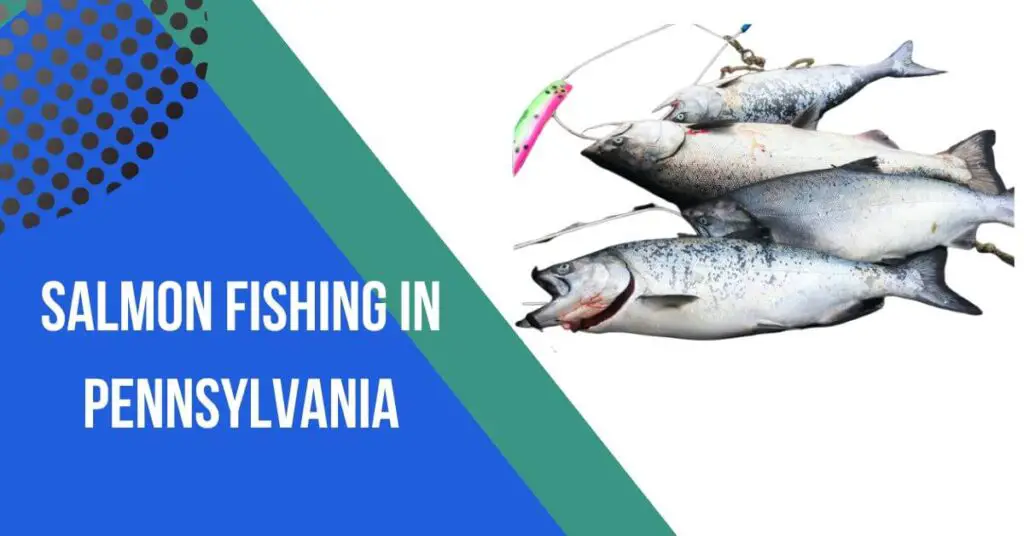Contents
- 1 Pond Fishing Setup:
- 2 Bobber Usage:
- 3 Types of Bobbers:
- 4 Durability and Sensitivity:
- 5 Durability:
- 6 Tackle Box Essentials:
- 7 Variety of Lures:
- 8 Extra Hooks and Sinkers:
- 9 Pliers and Line Cutter:
- 10 First Aid Kit:
- 11 Fishing Line:
- 12 Bobbers/Floats:
- 13 Tackle Organization:
- 14 Multi-Tool:
- 15 Flashlight/Headlamp:
- 16 Sunscreen and Bug Repellent:
- 17 Spare Reel and Parts:
- 18 Spare Batteries:
- 19 Hat and Sunglasses:
- 20 Gloves:
- 21 Towel/Rag:
- 22 Map and Compass/GPS:
- 23 Notebook and Pen:
- 24 Personal Items:
- 25 FAQs:
- 26 What is the best fishing line for beginners?
- 27 How do I choose the right fishing rod and reel combo?
- 28 What is the purpose of a leader in fishing?
- 29 How do I determine the right hook size for my bait?
- 30 What is the difference between spinning and baitcasting reels?
- 31 How do I set up a slip bobber for fishing?
- 32 What is the purpose of a swivel in fishing?
- 33 How do I maintain fishing reels for optimal performance?
- 34 What are some essential safety measures for fishing?
- 35 How do I choose the right fishing spot in a pond?
Pond fishing offers a serene and accessible way to enjoy the outdoors while catching various freshwater fish. To set up for pond fishing, start with a reliable fishing rod and reel combo suitable for light to medium action. Choose a fishing line with a test strength that matches the target species, and attach appropriate hooks and weights based on the bait or lures you plan to use.
Consider using a bobber to detect bites easily. Explore the pond’s shoreline to identify potential hotspots, such as submerged structures or vegetation, and adjust your setup accordingly. Whether you’re a beginner or an experienced angler, pond fishing provides a great opportunity to connect with nature and reel in some rewarding catches.
Pond Fishing Setup:
Pond fishing provides anglers a unique and often tranquil experience as they cast their lines in smaller bodies of freshwater. This type of fishing is accessible to both beginners and seasoned anglers, offering a diverse range of fish species to target. Unlike larger bodies of water, ponds are typically more contained, making exploring and locating potential hotspots easier.
The appeal of pond fishing lies in its simplicity and proximity to nature. Anglers can enjoy a peaceful environment while honing their fishing skills. Ponds often host a variety of freshwater fish, including bass, bluegill, crappie, and catfish, providing ample opportunities for a rewarding catch.
To maximize success, anglers should focus on selecting the right equipment, understanding the target species, and adapting their setups based on the unique features of the pond. Exploring the shoreline and identifying submerged structures or vegetation can reveal prime fishing spots, adding an element of strategy to the experience.
In summary, pond fishing offers a delightful blend of simplicity, accessibility, and the potential for exciting catches, making it a favorite pastime for many anglers seeking a peaceful connection with nature.
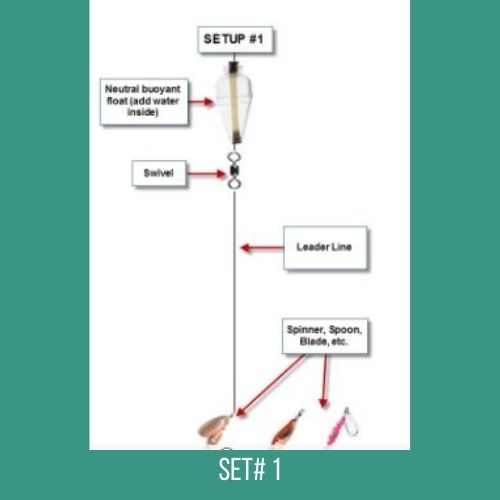


Bobber Usage:
Using a bobber, also known as a float or cork, is a common and effective technique in fishing. Bobbers serve multiple purposes, including indicating bites, adjusting the depth of your bait, and enhancing presentation. Here’s a breakdown of bobber usage in fishing:
- Bite Detection:
The primary function of a bobber is to serve as a visual indicator of fish bites. When a fish takes the bait, the bobber will move, dip, or twitch, providing a clear signal for the angler to set the hook. - Adjusting Bait Depth:
Bobbers are versatile tools for adjusting the depth at which your bait or lure is presented in the water. By moving the bobber up or down the line, you can control how your offering sits.
- Suitable for Beginners:
Bobbers are particularly useful for novice anglers as they offer a straightforward and visible cue when a fish is interacting with the bait. This can make the fishing experience more enjoyable and successful for beginners.
Types of Bobbers:
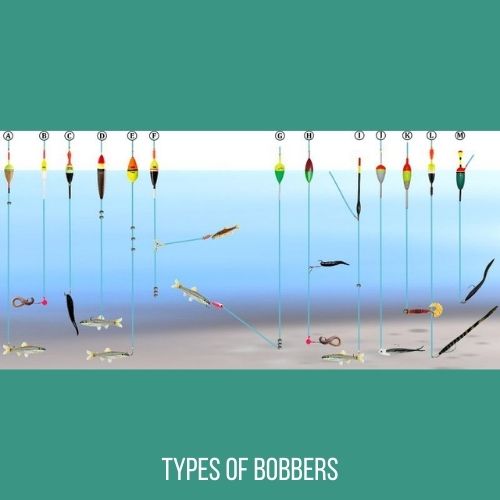
- Round Bobbers: Traditional and easy to use, these bobbers are spherical and float vertically in the water.
- Slip Bobbers: Adjustable and slide along the fishing line, allowing for precise depth control. Ideal for fishing at varying depths.
- Pencil Bobbers: Long and slender, providing less resistance to fish when they bite. Suitable for more subtle presentations.
- Thill Bobbers: Well-known for their sensitivity and ability to detect subtle bites, making them popular among anglers.
- Bait Presentation:
Bobbers can enhance the natural movement of live bait, such as minnows or worms. They keep the bait at a specific depth, making it more enticing to passing fish.
- Different Fishing Techniques:
Bobbers are commonly used in techniques like still fishing, where the bait remains relatively stationary, and in techniques like float fishing, where the bobber drifts along with the current.
- Balance and Sensitivity:
Properly balancing the size of the bobber with the weight of the bait ensures better sensitivity. A too-large bobber may inhibit detecting subtle bites. - Adaptability to Various Species:
Bobbers are effective for a wide range of species, including panfish, bass, trout, and more. Adjusting the size and type of bobber can cater to the preferences of different fish.
In summary, using a bobber is a versatile and user-friendly approach in fishing, providing both beginners and experienced anglers with an effective means of detecting bites and controlling bait presentation.
Durability and Sensitivity:
Durability and sensitivity are critical considerations when choosing fishing lines, as they directly impact an angler’s ability to detect bites and successfully land fish. Here’s a breakdown of these two factors:
Durability:
- Abrasion Resistance: A durable fishing line should have good resistance to abrasion caused by rocks, underwater structures, and the teeth of fish. Lines with high abrasion resistance are less likely to snap when rubbed against rough surfaces.
- UV Resistance: Exposure to sunlight can weaken fishing lines over time. UV-resistant lines maintain their strength and durability, making them suitable for prolonged outdoor use.
- Knot Strength: The line should form secure knots that hold up under pressure. A durable line ensures that knots remain strong, reducing the risk of breakage during fishing.
- Sensitivity: Low Stretch: Lines with low stretch transmit more of the subtle movements and vibrations to the angler, providing enhanced sensitivity. This is particularly crucial for detecting light bites and making precise hook sets.
- Material Composition: The material from which the line is made influences its sensitivity. Fluorocarbon and braided lines are generally less stretchy than monofilament, offering better sensitivity.
- Thin Diameter: Thinner lines, while maintaining strength, tend to be more sensitive because they have less water resistance and are more responsive to underwater movements.
- Balancing Act:
Achieving a balance between durability and sensitivity is crucial. While a highly sensitive line aids in bite detection, it may sacrifice some durability. Anglers often choose lines based on their specific fishing conditions and target species.
- Fishing Technique Considerations:
Different fishing techniques may require varying levels of sensitivity. For finesse techniques where bites are subtle, a highly sensitive line is preferable. In situations where abrasion is likely, durability becomes more critical.
- Line Type Impact:
Monofilament lines offer a balance between sensitivity and forgiveness, making them suitable for various fishing scenarios.
Fluorocarbon lines are less stretchy than monofilament, providing increased sensitivity, but may be less forgiving in terms of shock resistance.
Braided lines offer exceptional sensitivity due to their low stretch but may lack the abrasion resistance of other types.
- Regular Maintenance:
Regardless of line type, proper care and maintenance, such as checking for nicks or abrasions, contribute to prolonging the life and effectiveness of the line.
Tackle Box Essentials:
Building a well-rounded tackle box is crucial for successful fishing trips. Here’s a list of essentials to consider including:
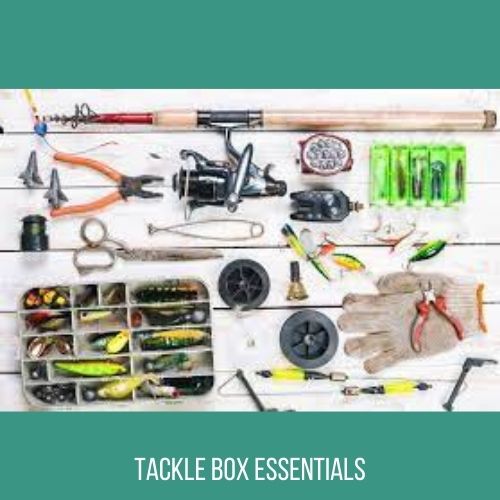
Variety of Lures:
- Crankbaits: Diving lures for covering different depths.
- Spinnerbaits: Effective for bass and other predatory fish.
- Jigs: Versatile for various fishing conditions.
- Soft Plastics: Worms, grubs, and creature bait for finesse fishing.
- Topwater Lures: Poppers, walkers, or frogs for surface action.
- Spoons: Attractive for both freshwater and saltwater species.
Extra Hooks and Sinkers:
>> Assorted Hook Sizes: Covering different bait sizes and fish species.
>> Weights/Sinkers: Various sizes for adjusting bait depth.
Pliers and Line Cutter:
>> Needle-nose Pliers: For removing hooks and handling fish.
>> Line Cutter/Scissors: Quick and efficient line cutting.
First Aid Kit:
>> Antiseptic Wipes: Clean minor cuts and scrapes.
>> Bandages: Cover and protect wounds.
>> Pain Relievers: Headaches or minor pains during long trips.
Fishing Line:
>> Extra Spools: Different types (monofilament, fluorocarbon, braided) for versatility.
>> Various Test Strengths: Matched to target species.
Bobbers/Floats:
>> Assorted Types: Round, slip, pencil, or Thill bobbers for different techniques.
Tackle Organization:
>> Tackle Box: Sturdy and organized to keep gear easily accessible.
>> Plastic Bags/Containers: For separating and organizing small items.
Multi-Tool:
>> Versatile Tool: Includes features like scissors, knife, and screwdriver.
Flashlight/Headlamp:
>> Illumination: Essential for low-light conditions or night fishing.
Sunscreen and Bug Repellent:
>> Sunscreen: Protects against harmful UV rays.
>> Bug Repellent: Keeps pesky insects at bay.
Spare Reel and Parts:
>> Extra Reel: In case of malfunctions or backup.
>> Reel Oil/Grease: Lubricate and maintain reels.
Spare Batteries:
>> For Electronics: Keep spare batteries for fish finders or electronic gadgets.
Hat and Sunglasses:
>> Wide-brimmed Hat: Shields from the sun.
>> Polarized Sunglasses: Enhance visibility in the water.
Gloves:
>> Fish Handling Gloves: Protect hands when handling toothy fish.
Towel/Rag:
>> Cleanup: Wipe hands or equipment as needed.
Map and Compass/GPS:
>> Navigation Tools: Especially useful in larger bodies of water.
Notebook and Pen:
>> Record Keeping: Jot down successful techniques, locations, or observations.
Personal Items:
>> License and Identification: Ensure compliance with fishing regulations.
>> Snacks and Water: Stay hydrated and energized.
Customize your tackle box based on your fishing preferences, the target species, and the specific conditions of your fishing trips. Regularly assess and update your tackle box to meet changing needs.
Conclusion:
In conclusion, a well-prepared tackle box is the angler’s arsenal for a successful fishing outing. By including a diverse array of lures, essential tools, safety items, and spare gear, anglers can adapt to various conditions and increase their chances of a rewarding catch. Regular maintenance and thoughtful organization contribute to an efficient and enjoyable fishing experience.
So, whether you’re a beginner or a seasoned angler, investing in a well-stocked tackle box ensures you’re ready for the challenges and opportunities that each fishing adventure brings. Tight lines and happy fishing!
FAQs:
What is the best fishing line for beginners?
Monofilament lines are often recommended for beginners due to their versatility, forgiveness, and cost-effectiveness.
How do I choose the right fishing rod and reel combo?
Consider the target species, fishing technique, and personal preference. Match the rod’s power and action to your fishing style, and ensure compatibility with the reel.
What is the purpose of a leader in fishing?
A leader, usually made of fluorocarbon or monofilament, is used to provide additional abrasion resistance, stealth, and shock absorption between the main line and the bait or lure.
How do I determine the right hook size for my bait?
Match the hook size to the size of the bait you’re using. Larger baits generally require larger hooks, while smaller baits need smaller hooks.
What is the difference between spinning and baitcasting reels?
Spinning reels are generally easier for beginners, while baitcasting reels offer more precision and control. Baitcasters are often preferred for heavier lures and techniques.
How do I set up a slip bobber for fishing?
Slide the bobber onto the fishing line, followed by a bobber stop. Adjust the stop to the desired depth, then add a bead and tie on the hook. The slip bobber allows flexible depth adjustments.
What is the purpose of a swivel in fishing?
Swivels prevent line twists caused by the rotation of lures or baits. They are particularly useful
when using certain types of lures or techniques that induce spinning.
How do I maintain fishing reels for optimal performance?
Regularly clean the reel, apply lubrication to moving parts, and check for any signs of wear. Replace damaged or worn-out parts promptly.
What are some essential safety measures for fishing?
Wear appropriate clothing and footwear, use sunscreen, handle hooks and lures with care, and be cautious around water bodies. Always follow fishing regulations and guidelines.
How do I choose the right fishing spot in a pond?
Look for underwater structures, vegetation, or changes in depth. Additionally, observe the behavior of fish, such as feeding patterns and movements, to identify potential hotspots.

